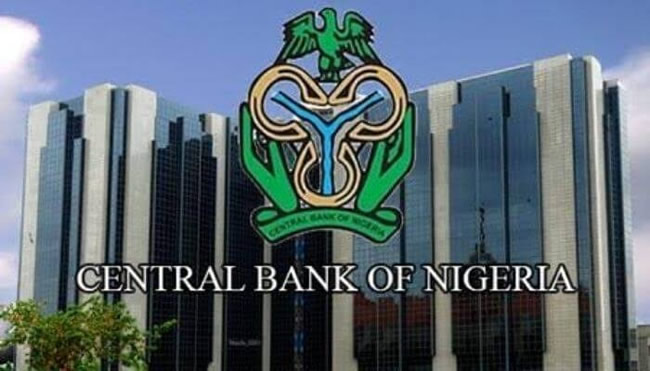
The recent influx of over $1.5bn into the Nigerian economy as disclosed by the Central Bank of Nigeria indicates the effectiveness of its monetary policy efforts.
Mrs. Sidi Ali, the Acting Director of the Corporate Communications Department at CBN, made this revelation in a statement shared with NewsNow on Friday.
The data available to the bank shows that these inflows are a result of its focused initiatives to stabilize the foreign exchange market.
Furthermore, Ali mentioned that the naira has been consistently strengthening in the Autonomous Foreign Exchange market, trading at N1,309/$1 on Friday compared to N1,611/$1 in the second week of March 2024.
With the naira moving in a positive direction, Ali affirmed the commitment of the Cardoso-led CBN to ensure market stability and proper pricing of the naira against global currencies.
The CBN’s decision to unify the country’s exchange rate in June 2023 led to a naira depreciation to over 1,600/$ in the official market.
In its 294th MPC meeting held from Monday to Tuesday, the CBN raised the benchmark interest rate by two per cent to 24.75 per cent, following a similar four per cent increase in February.
During the post-meeting briefing, CBN Governor Olayemi Cardoso reassured that the bank had cleared all verified foreign exchange backlog, anticipating an enhancement of liquidity in the forex market.
A Treasury Bills auction of N1.64trn took place on Wednesday, with stop rates set at 16.24 per cent, 17 per cent, and 21.124 per cent for the 91-day, 182-day, and 364-day tenors, respectively.
The decision to raise the interest rate sparked concerns among citizens and experts, with the CBN governor justifying it as a measure to align with prevailing inflation rates and assuring that the hike would not be prolonged.
In his statement, Governor Cardoso remarked, “While the interest rate hike might impact the economy, the decreasing forex rate also helps to moderate it overall.”
He added, “We are approaching a phase where the exchange rate stabilizes, relying on both monetary and fiscal collaboration to achieve sustainable balance.”
